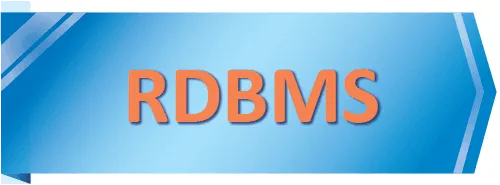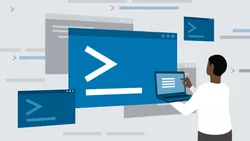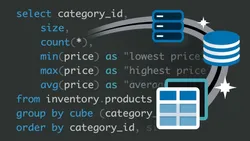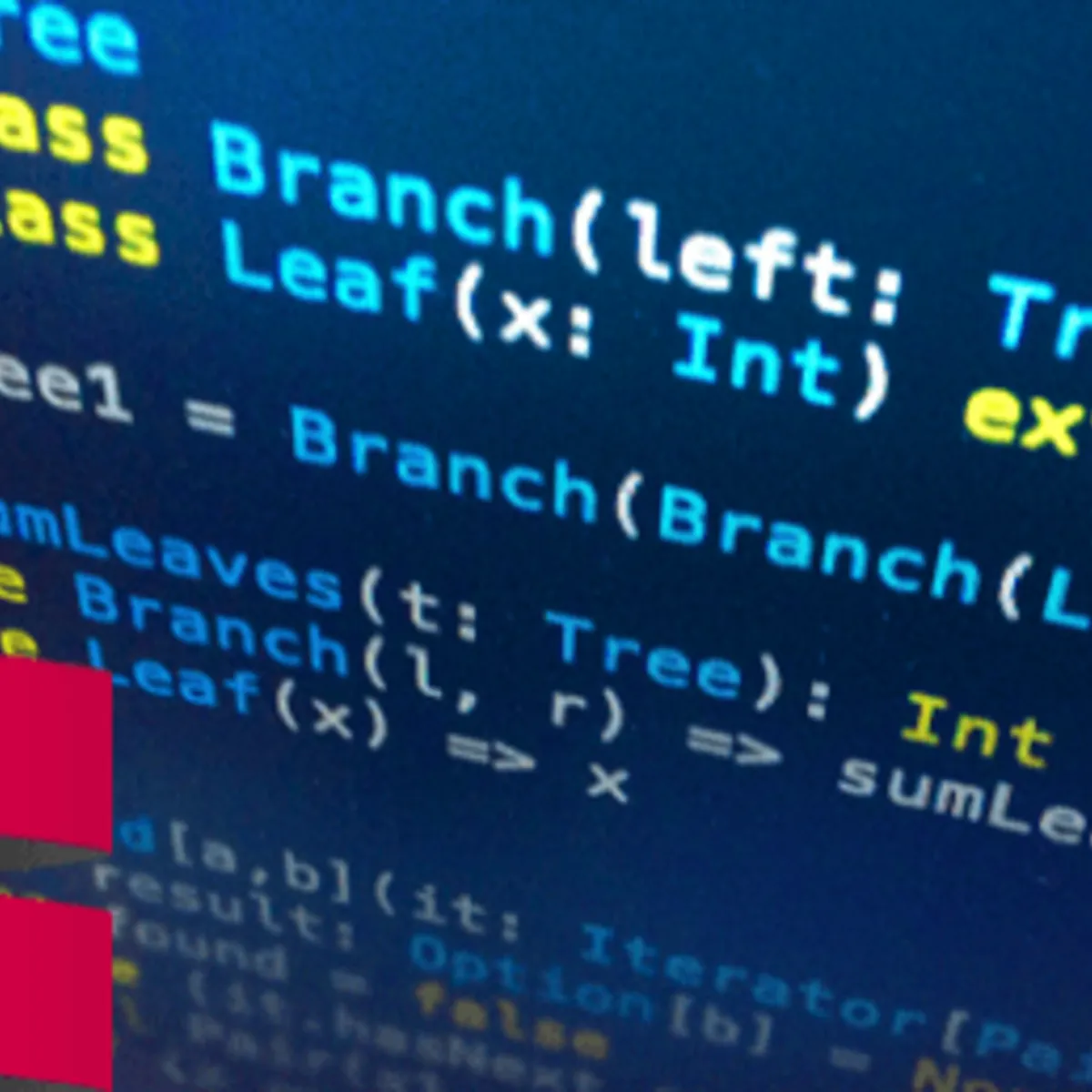
Recurrent Neural Networks for Language Modeling in Python 
Discover the fundamentals of Recurrent Neural Networks (RNN) and how to implement them with Keras in Python. Understand how information flows through the network and learn about the vanishing and exploding gradient problems that frequently occur in RNNs. Also, learn how to deal with them using GRU and LSTM cells. Understand how to prepare data for the multi-class classification task, as well as the distinctions between multi-class and binary classification (sentiment analysis). Finally, learn how to use Keras to create models and evaluate their performance, as well as how to convert text data into the format required by the models. ▼
ADVERTISEMENT
Course Feature
![]() Cost:
Cost:
Free Trial
![]() Provider:
Provider:
Datacamp
![]() Certificate:
Certificate:
No Information
![]() Language:
Language:
English
Course Overview
❗The content presented here is sourced directly from Datacamp platform. For comprehensive course details, including enrollment information, simply click on the 'Go to class' link on our website.
Updated in [June 30th, 2023]
This course provides an overview of Recurrent Neural Networks (RNNs) and their application to language modeling in Python. Participants will gain an understanding of how information flows through the network, and then see how to implement such models with Keras in the sentiment classification task. The course will also cover the vanishing and exploding gradient problems that frequently occur in RNNs, as well as how to deal with them using GRU and LSTM cells. Participants will learn how to prepare data for the multi-class classification task, as well as the distinctions between multi-class and binary classification (sentiment analysis). Additionally, participants will learn how to use Keras to create models and evaluate their performance, as well as how to convert text data into the format required by the models.
[Applications]
After completing this course, students should be able to apply the concepts of Recurrent Neural Networks (RNNs) to language modeling tasks. They should be able to use Keras to create and evaluate models for multi-class classification tasks, as well as understand the differences between multi-class and binary classification. Additionally, they should be able to convert text data into the format required by the models and be aware of the vanishing and exploding gradient problems that can occur in RNNs, and how to deal with them using GRU and LSTM cells.
[Career Paths]
A career path recommended to learners of this course is a Language Modeling Engineer. Language Modeling Engineers are responsible for developing and maintaining language models using Recurrent Neural Networks (RNNs). They must have a deep understanding of RNNs and be able to implement them using Keras. They must also be able to identify and address the vanishing and exploding gradient problems that can occur in RNNs. Additionally, they must be able to prepare data for multi-class classification tasks and convert text data into the format required by the models.
The development trend for Language Modeling Engineers is to become more specialized in the field. As language models become more complex and sophisticated, engineers must be able to keep up with the latest advancements in the field. Additionally, they must be able to develop and maintain models that are more efficient and accurate. As the demand for language models increases, the need for Language Modeling Engineers will also increase.
[Education Paths]
The recommended educational path for learners interested in Recurrent Neural Networks for Language Modeling in Python is to pursue a degree in Computer Science or Artificial Intelligence. This degree will provide learners with the necessary knowledge and skills to understand and implement RNNs.
The degree will cover topics such as computer programming, data structures, algorithms, machine learning, deep learning, natural language processing, and computer vision. Learners will also learn about the fundamentals of RNNs, such as how information flows through the network, and how to implement such models with Keras in the sentiment classification task. They will also learn about the vanishing and exploding gradient problems that frequently occur in RNNs, as well as how to deal with them using GRU and LSTM cells.
In addition, learners will learn how to prepare data for the multi-class classification task, as well as the distinctions between multi-class and binary classification (sentiment analysis). They will also learn how to use Keras to create models and evaluate their performance, as well as how to convert text data into the format required by the models.
The development trend of this degree is to focus on the application of RNNs in various fields, such as natural language processing, computer vision, and robotics. Learners will also learn about the latest advancements in RNNs, such as the use of attention mechanisms and reinforcement learning. Furthermore, they will learn about the use of RNNs in real-world applications, such as autonomous driving, medical diagnosis, and natural language generation.
Course Syllabus
Recurrent Neural Networks and Keras
RNN Architecture
Multi-class classification
Sequence to Sequence Models
Course Provider

Provider Datacamp's Stats at AZClass
Discussion and Reviews
0.0 (Based on 0 reviews)
Explore Similar Online Courses

python programming quick look

Learn Tumblr Ads & Marketing

RDBMS PostgreSQL

Intro To PostgreSQL Databases With PgAdmin For Beginners

PostgreSQL: Client Applications

Mastering SQL using Postgresql

Database Design and Basic SQL in PostgreSQL

PostgreSQL: Advanced Queries

Spatial SQL with Postgres : A language for geographers

Learn SQL Using PostgreSQL: From Zero to Hero

PostgreSQL Essential Training


Start your review of Recurrent Neural Networks for Language Modeling in Python